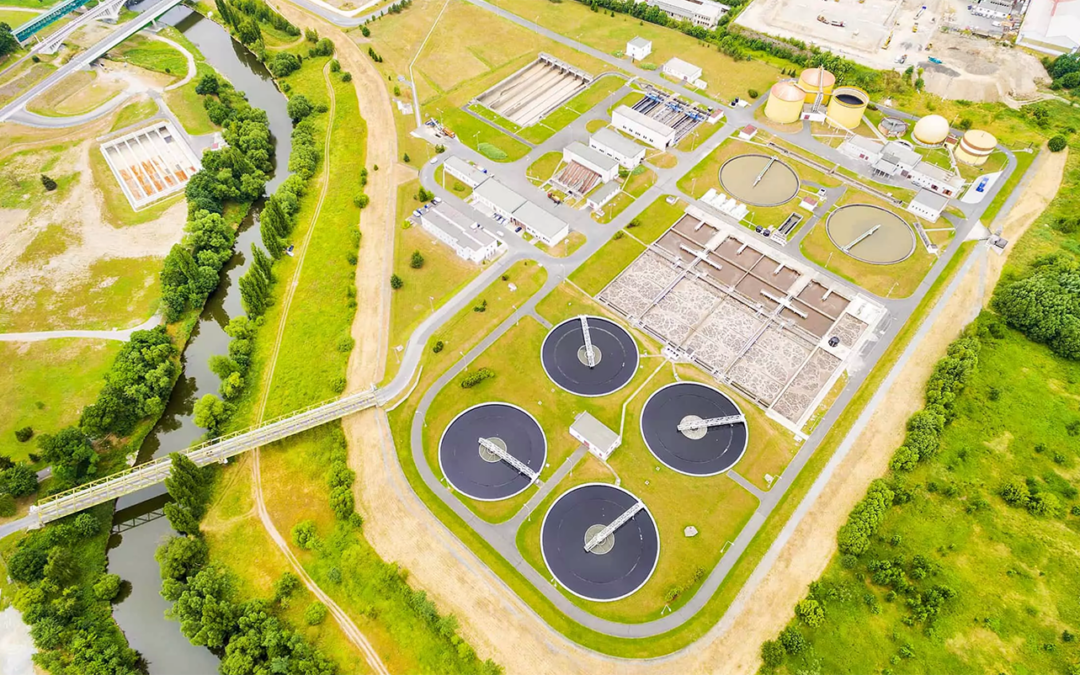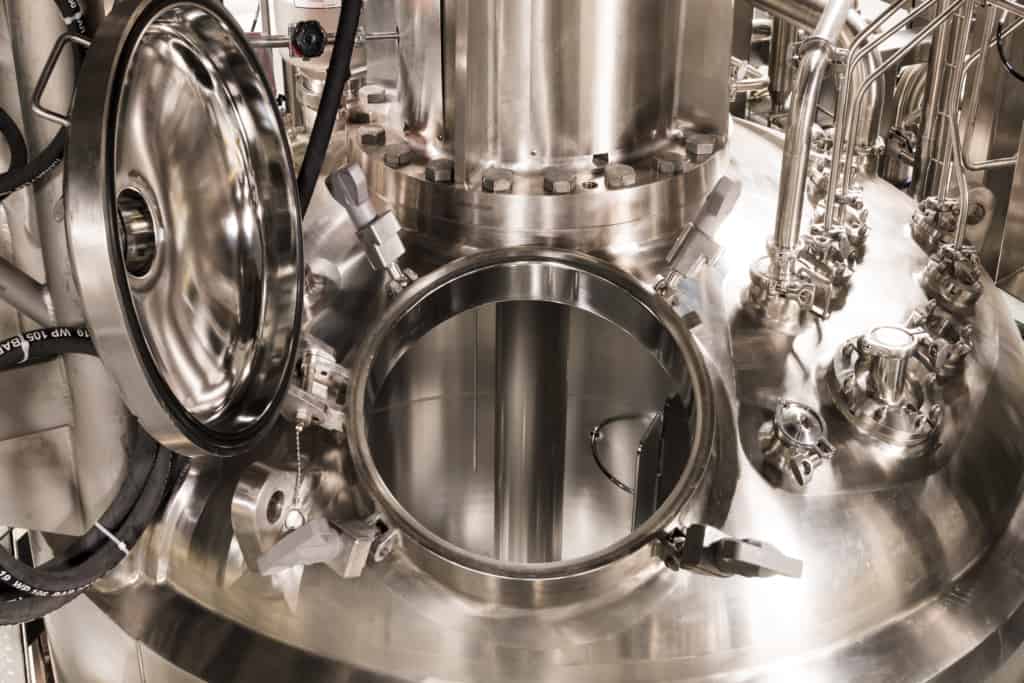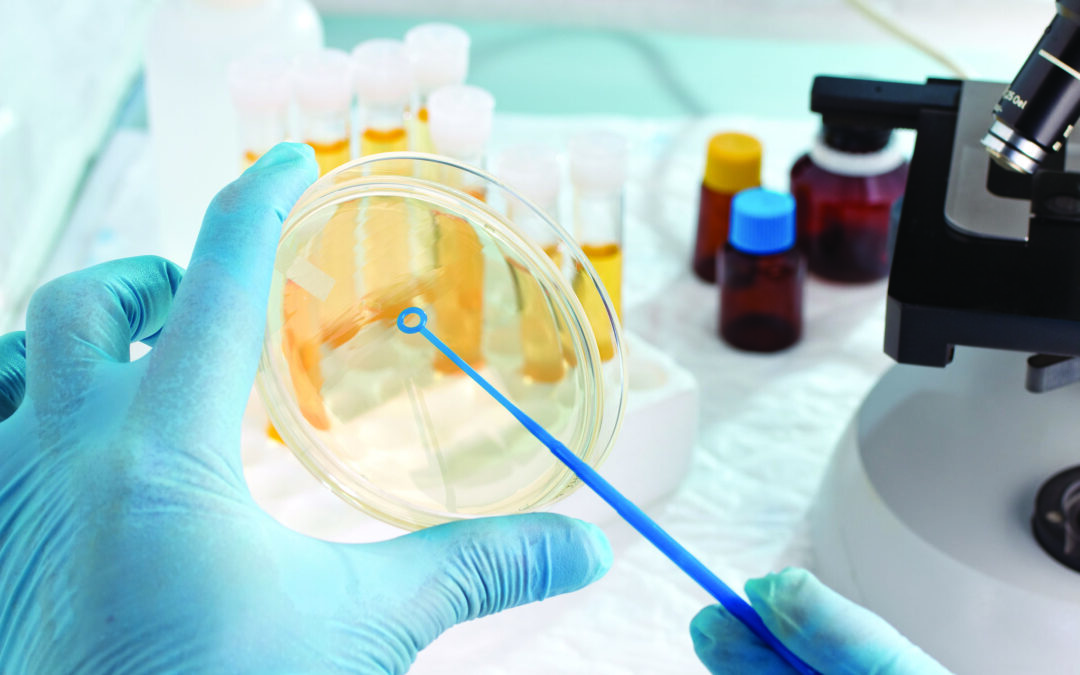In the large-scale liquid bacterial fermentation world, there are two primary ways to grow bacteria: as individual strains or in combination with others. At Microbial Discovery Group, we grow one strain at a time as it has served us well over the past decade.
Truth be told, if I could find a way to grow multiple strains in one batch that was produced through a consistent process, resulting in high yield and uniformity in strain ratio, was guaranteed for purity, and ensured maximum sporulation – I would use it for our wastewater treatment products. Over the years we have experimented in finding different ways to accomplish this large task, but sadly none of the results measured up against our 5 criteria for success. Therefore, we are leveraging our expertise in growing one strain at a time to consistently meet our customers’ needs.
Growing one strain at a time ensures:
- Highest strain yield
- Guaranteed purity
- Process consistency
- Uniformity of strain ratio
- Maximum % sporulation
Highest Strain Yield
Throughout the years we have found ways to get extremely high yields when growing one strain at a time. I believe our record is just under 3 x 1010 CFU/mL in the fermentation broth. I wish I could say all strains yielded in this way, but each strain tends to have its own “personality” and what works for one strain, doesn’t always work for another. This is especially true between different Bacillus species. When growing two or more strains (or worse, two or more species) in the same batch, you are making compromises between the strains and limiting the potential yield of the individual. If you run the math or economics, you will find it is better to grow each strain individually to get a high yield followed by blending the strains together after processing is complete. This also delivers a more consistent product.
Guaranteed Purity
I may be Captain obvious here, but when growing one strain at a time, you are ensuring the purity of that strain. Our custom manufacturing customers want individual strains. If you grow multiple strains in one batch, obviously you aren’t a fit for those single-strain customers. When you can grow pure, single-strains this creates a business that many companies cannot supply. By producing our strains individually, they can be used in our formulations at the formulated ratios or we can also supply to customers who want the individual strain. This provides versatility in marketing pure strains or blends.
Process Consistency
One thing our team of fermentation production experts really enjoy is a batch that runs as expected. In our world, a consistent, expected run means not only a high yield but also a fit into our harvest schedule, allowing us to maintain a normal tank schedule. In the pharmaceutical world, inconsistency in a run often translates into a poor batch where something has gone wrong. This can lead to an audit and other unwanted consequences. We are somewhat similar in that we like consistency as this means things are going well. If you are growing multiple strains, it is incredibly difficult to pinpoint what is “normal”. Each strain has its own personality, will grow at different times, compete with each other for nutrients, and sporulate on a varying schedule. While we don’t have direct experience in this type of run, I can believe every batch would be different than the next one. While that might work for some, that is not a fit for our world. For our needs and the needs of our customers, consistency is key.
Uniformity of Strain Ratio
In addition to checking for count and purity at each step of the growing and downstream processes, final QC testing is completed before a lot of culture powder is marked as approved. This testing provides us with a spore count for each individual strain lot. Based on that count we can then blend each strain to deliver a 100% consistent formulated product that provides each strain at the same ratio batch to batch. Our customers demand this and growing individually allows us to guarantee this consistency. Many of our customers have done field trials with these products and they expect it to work the same each time. While we can’t control all factors of these trials, we can control our product’s quality. Our customers are provided with an assurance of this reliability in our products by growing individually and then blending the final formulation based on the count of each strain. As eluded to earlier, when strains are grown together, each batch will have different end results due to the strains growing and sporulating at different rates and times. The final strain composition of each batch grown in this manner will be the ratio of strains in your final formulation. There is no adjustment possible with this method and the promise of consistency goes out the window. Growing individually and blending at the correct ratio leads to product consistency and strain ratio uniformity.
Maximum % Sporulation
In our business, we are paid to deliver high-count spores and not vegetative cells. There are trade secrets to ensuring not only high vegetative cell yield but also maximum sporulation resulting in economically viable spore products. For this to occur, the cells must be synchronized in their sporulation. If you have different populations, sporulating at different times, you will end up with a lot of vegetative (unsporulated) cells in the final product. What does this mean for the final product? Essentially: a much lower final concentration. Any bacteria that failed to sporulate will die through the various downstream processes. Similar to compromising vegetative cell yield when growing multiple strains at once, the same holds true for producing spores. We grow each strain individually to avoid having to compromise.
Competitive Advantage
We have found that when you can provide pure strains, business opportunities are created that many companies cannot compete with. In fact, a lot of our customers request individual pure strains. By producing our strains individually and blending at the correct ratio later, we can meet the needs of these customers as well as those that are looking for a consistent blend. This provides versatility in business opportunities and gives us a competitive advantage.
In our view, the advantages of growing one strain at a time greatly outweigh the temptation to grow multiple strains in one batch. These advantages include the highest yield, consistency of process, uniformity of strain ratio, maximum sporulation, and guaranteed purity. This combination of advantages has helped Microbial Discovery Group serve the many needs of customers and become a global leader in Bacillus fermentation.
CONTACT US if you’d like to hear more about these advantages and about the MDG difference.









